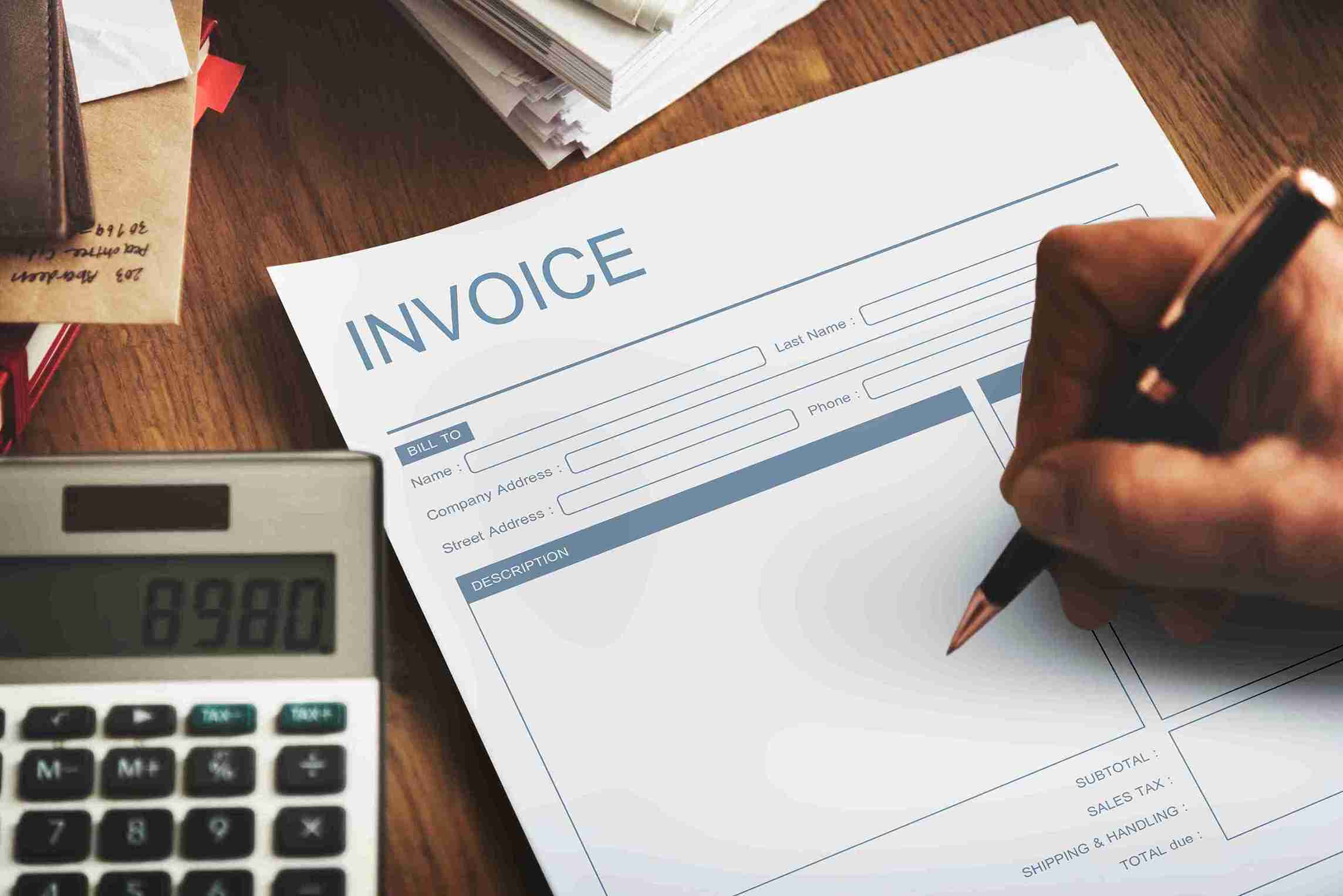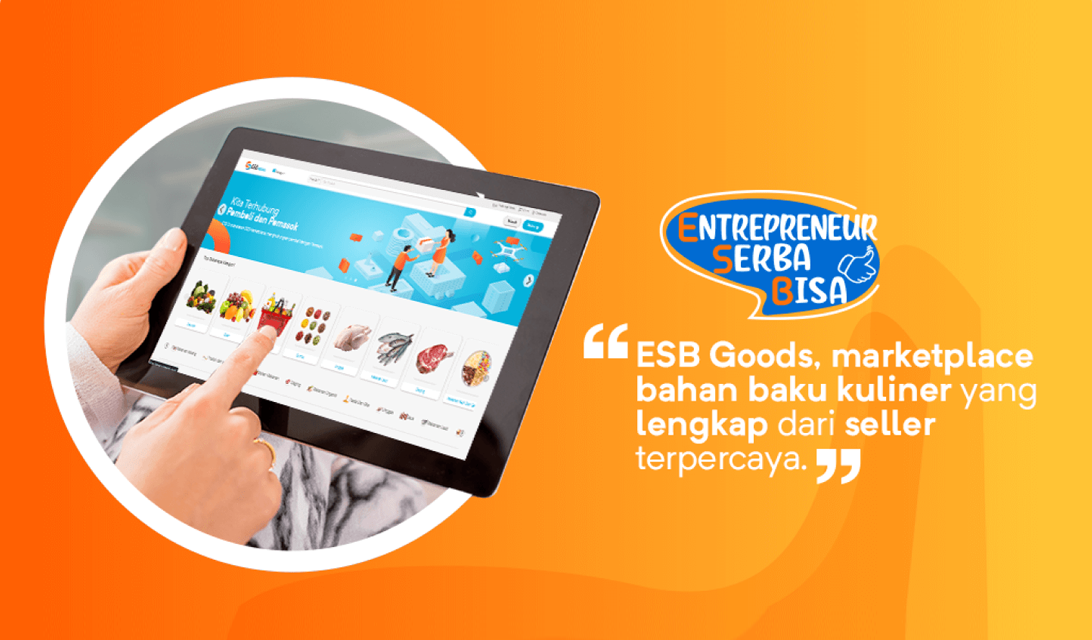 SHARE
SHARE
Example of Billing and Payment Invoice for Your Business
Sovia
In the business world, financial transactions occur every day. Both small and large businesses need to maintain proper records to ensure healthy cash flow. One of the crucial documents in transaction recording is the invoice.
An invoice is not just a bill, but also a legal proof of the transaction that has taken place.
So, what is an invoice? What are its benefits for businesses? And how can you create an effective invoice? Let’s dive into the discussion!
What is an Invoice?
An invoice is an important document in business that serves as proof of a transaction between a seller and a buyer.
This document records the payment details that need to be settled by the customer, including a list of goods or services purchased, the amount to be paid, and the payment due date.
With an invoice, transactions become more transparent and structured, minimizing the potential for misunderstandings between both parties.
In business operations, an invoice is more than just a piece of paper or a digital file. This document acts as a link between the seller and the buyer, ensuring that every transaction is clearly recorded.
Furthermore, invoices assist in financial recordkeeping, whether for tax reporting or business analysis purposes. Their presence simplifies cash flow management and helps track unpaid invoices.
With the growth of the digital world, invoices are now available in an electronic format, making them more efficient and accessible.
Electronic invoices allow businesses to manage transactions more quickly, reduce the risk of losing physical documents, and accelerate the payment process. Whether in printed or digital form, invoices remain a key element in maintaining trust and professionalism in business.
Read more: Important for Business Financial Management, Here
Functions of an Invoice
An invoice is not just a transaction document. Behind each sheet, there is an important role that helps businesses run smoothly and professionally. Here are some functions of an invoice:
1. As Legal Proof of Debt
The invoice contains clear details of the purchase, ensuring that the customer knows how much to pay and the payment deadline. This document includes complete transaction details, making it easier for both parties to fulfill their financial obligations.
2. A Source of Product or Service Information
An invoice provides clear data about the goods or services purchased. This makes it easier for the customer to review what has been received and ensures transparency in every transaction.
3. Transparent Payment Calculations
By including information about prices, taxes, and additional charges, the invoice provides a clear overview of the total purchase and the agreed-upon payment method. This ensures there is no confusion in the payment process.
4. Facilitates Financial Bookkeeping
For business owners, invoices help in maintaining more structured bookkeeping. Financial management becomes easier because each transaction is recorded in detail, facilitating cash flow monitoring and business development.
5. As a Reference
An invoice can be used as proof of transaction for resale or to resolve disputes if there are discrepancies in billing and goods delivery.
Key Aspects in an Invoice Template
Clear and professional invoices make transactions smoother and minimize misunderstandings.
Each element must be neatly arranged so it’s easy for the buyer to understand and simplifies financial recordkeeping.
Let’s check out the key aspects that must be included in an invoice template:
1. Invoice Number
Every invoice must have a unique number for easy referencing when needed.
2. Invoice Date & Due Date
The invoice date indicates when the document was created, while the due date ensures payment is made on time.
3. Seller & Buyer Details
Include the full names and addresses of both the seller and the buyer to facilitate administrative processes.
4. Description of Goods or Services
List the details of the goods or services sold, including quantity and price per unit, to avoid confusion.
5. Total Bill
Include the total amount to be paid, including taxes or additional fees, if applicable.
6. Payment Methods
Specify the accepted payment methods, such as bank transfers or e-wallets, to make the transaction more flexible.
7. Additional Notes
Add any important information, such as payment terms or return policies, to ensure both parties understand the terms clearly.
Read more: Learn About the Various Term of Payment Methods for Your Food Business
Sample Billing Invoice
Now that you know what an invoice is and its essential elements, let’s take a look at some examples. Here are several invoice templates that you can use as references. Let’s check them out!
1. Simple Invoice
For small businesses with simple transactions, a simple invoice might be a great choice. Its format is concise, containing basic information such as the item or service name, quantity, and total cost.
This invoice includes the business name, issue date, invoice number, details of goods or services, quantity, unit price, subtotal, final total, and payment method. It’s perfect for those who want a more organized and efficient payment system.
Here’s an example of a simple invoice:
Source: equiperp.com
2. Payment Invoice
A payment invoice serves as proof that the customer has completed a transaction. This document includes the amount paid, payment date, and the method used.
Inside, you’ll find the company information, invoice number, receipt date, goods or services details, total payment, payment method, and an official receipt. This invoice makes it easier for businesses to track incoming cash flow.
Here’s an example of a payment invoice:
Source: equiperp.com
3. Billing Invoice
A billing invoice provides details of the amount the customer needs to pay, including the due date. With this document, businesses can ensure that payments are made on time.
The invoice includes the customer’s name, invoice number, issue and due dates, details of goods or services, unit prices, subtotal, tax, total cost, and payment instructions.
This document helps customers remember their payment obligations, keeping the business running smoothly.
Here’s an example of a billing invoice:
Source: equiperp.com
4. Pro Forma Invoice
A pro forma invoice is temporary and given before the final transaction. This document helps customers get an estimate of costs before agreeing to make a purchase.
It contains the company name, proforma invoice number, details of goods or services, quantity, unit price, estimated total, taxes, shipping fees, and payment terms. This ensures transparency before the transaction is finalized.
Here’s an example of a pro forma invoice:
Source: equiperp.com
Conclusion
An invoice is not just a billing document, but also an essential tool in managing business finances. With a neat and professional invoice, businesses can conduct transactions more smoothly, enhance credibility, and optimize financial recordkeeping.
Manage your culinary business more easily with ESB POS, a holistic POS application for food businesses. With ESB POS, you can manage your business finances more conveniently and systematically. Contact us now and find the best solution for your business!
 SHARE
SHARE




